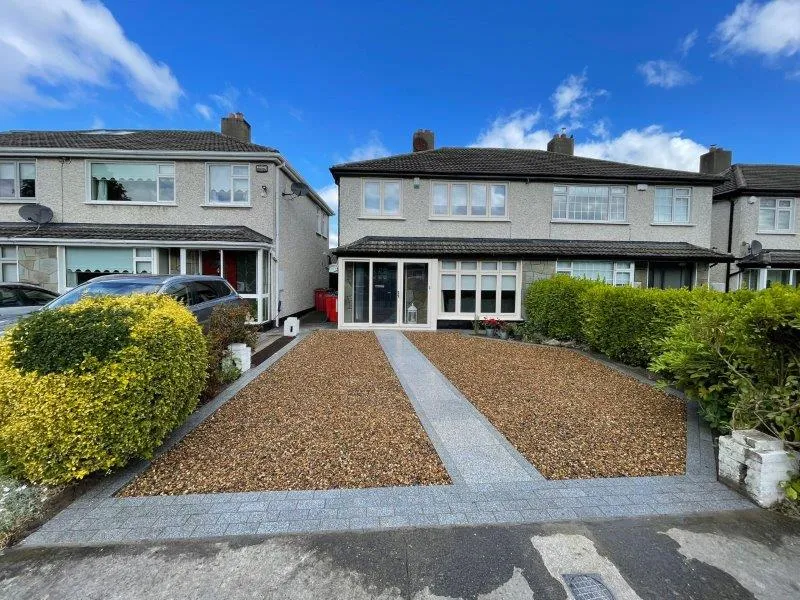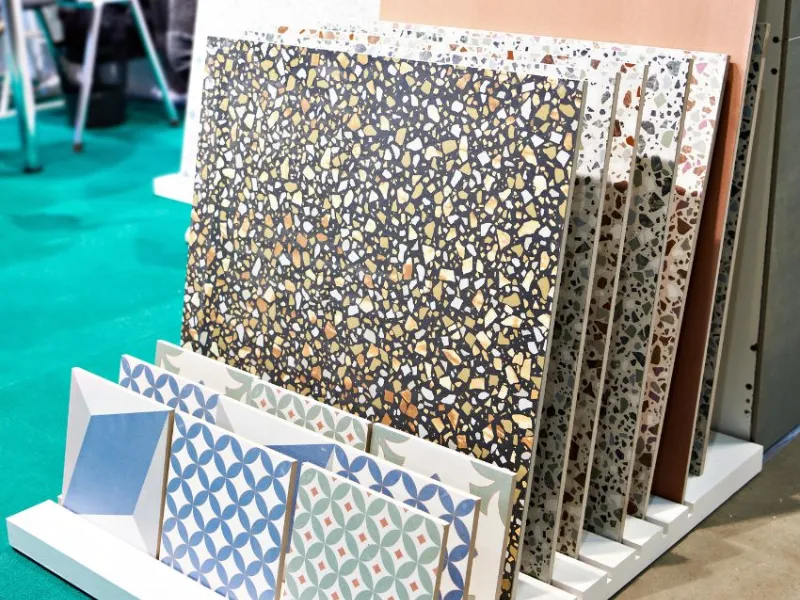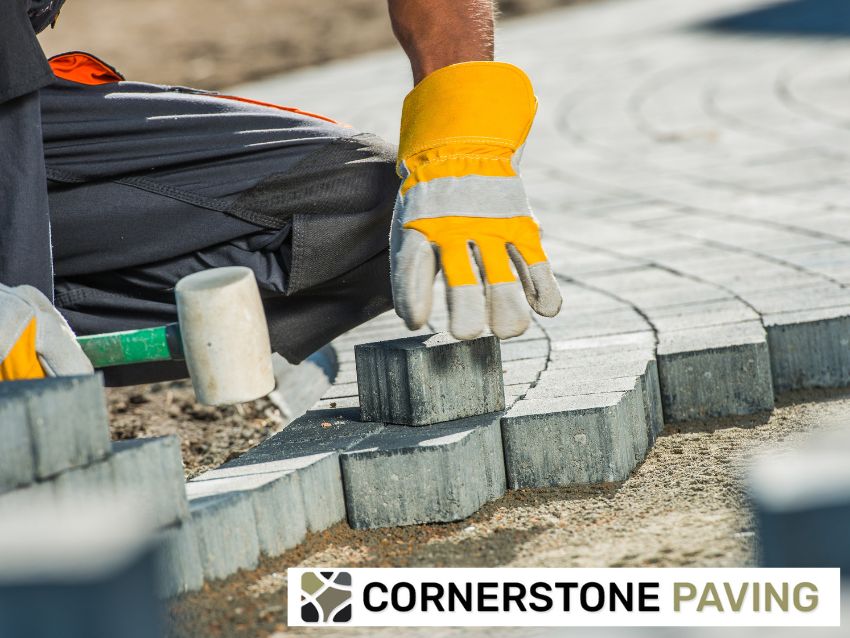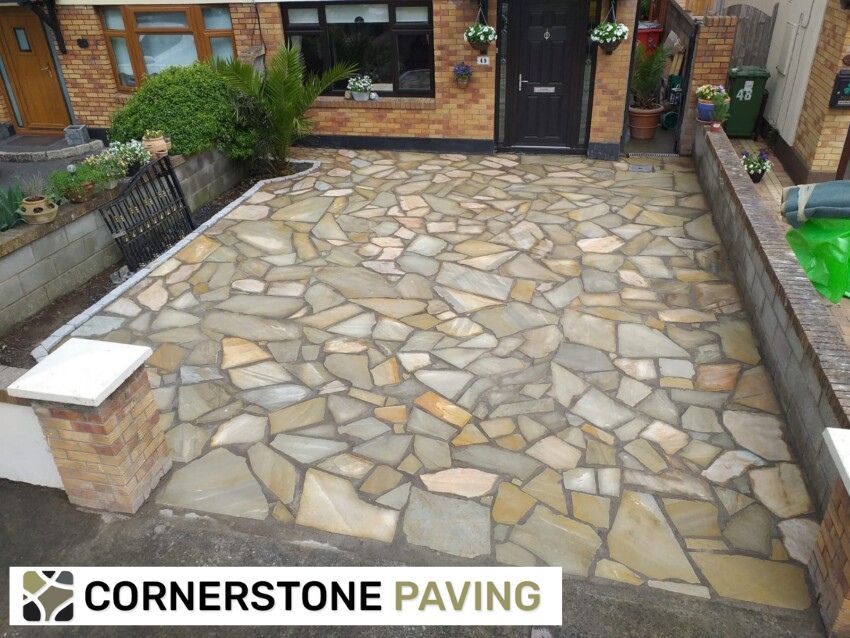Gravel driveways have long been a symbol of elegance and practicality, seamlessly blending with the diverse landscapes of Ireland. In recent years, their popularity has surged, as homeowners and property developers alike discover the unique blend of functionality and aesthetic appeal these driveways offer. From the bustling streets of Dublin to the serene countryside, gravel driveways are becoming a preferred choice for many.
In this comprehensive guide, we delve into the world of gravel driveways, exploring a spectrum of innovative design ideas tailored to the Irish setting. We’ll navigate through the practicalities of installation, ensuring longevity and visual charm. Maintenance is key for any driveway, and we provide essential tips to keep your gravel driveway in pristine condition, including effective methods for filling potholes, a common challenge for driveway owners.
Whether you’re considering a new installation or seeking to revamp your existing driveway, this article is your go-to resource for all things gravel driveway in Ireland.
The Appeal of Gravel Driveways in Ireland
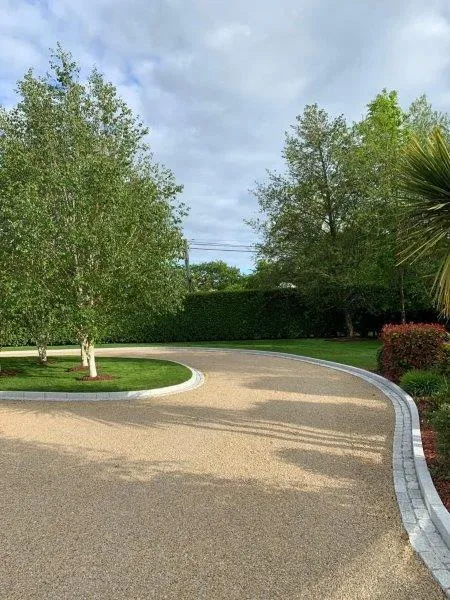
Gravel driveways hold a unique appeal, blending seamlessly into the Irish landscape while offering a multitude of aesthetic and functional advantages. Their rustic charm enhances the natural beauty of rural and suburban homes alike, offering a picturesque entrance that complements both modern and traditional architecture. The versatility of gravel, available in various sizes, colors, and textures, allows homeowners to create a personalized look that reflects their style and the character of their property.
Functionally, gravel driveways excel in the Irish climate. Known for its unpredictable weather, Ireland presents a challenge for any outdoor surface. Gravel’s permeable nature makes it an ideal solution, allowing for excellent drainage and reducing the likelihood of water pooling, which is a common issue with non-permeable materials. This natural drainage system not only minimizes water damage but also helps in maintaining the driveway’s structure during heavy rains.
Moreover, gravel is a durable material that can withstand the wear and tear of daily use. It’s well-suited to handle the weight of vehicles without sustaining significant damage. The ease of repair is another functional benefit; unlike paved driveways, gravel can be easily topped up or regraded as needed, making it a cost-effective option in the long term.
The environmental aspect of gravel driveways is also noteworthy. As a natural material, it has a lower carbon footprint compared to concrete or asphalt, making it an eco-friendlier choice for environmentally conscious homeowners. Its permeability supports the replenishment of groundwater, an important ecological consideration.
In summary, gravel driveways offer a harmonious blend of aesthetic appeal and functional robustness, making them a practical and attractive choice for the Irish landscape. Their versatility, durability, and environmental friendliness align well with the varied needs of Irish homeowners, making gravel driveways a popular and sensible option in this beautiful country.
Evaluating advantages and disadvantages Gravel Driveways
When considering a gravel driveway, it’s crucial to weigh its advantages and disadvantages compared to other surfacing solutions for your driveway.
Pros of gravel driveways
Among the pros, gravel stands out for its affordability; both the materials and labour costs are relatively lower than other driveway options, making it an economical choice, especially for larger driveways.
Then, the ease of installation is another significant benefit. Gravel driveways can be quickly graded and installed, a process that not only strengthens their foundation but also allows for rapid use, reducing construction inconvenience.
Additionally, gravel driveways boast considerable durability, resisting common problems like frost heaving, and are easily repairable, often just requiring additional gravel for maintenance.
Finally, their permeability is an ecological advantage, facilitating natural water drainage and reducing environmental impact.
Cons of gravel driveways
However, there are cons to consider.
Indeed, gravel driveways can lead to dirt and dust accumulation, especially in dry summer months, potentially increasing the cleaning workload for your home’s exterior.
Then, Sinkholes, puddles, and grooves can develop due to water exposure and regular use, although these issues are typically easily rectifiable.
Another challenge is the difficulty in removing snow without displacing gravel or losing material to snowblowers.
Lastly, despite being relatively easy to maintain, gravel driveways demand regular maintenance, including weed control, which can be more labor-intensive compared to solid-surface driveways.
In essence, gravel driveways present a balanced mix of advantages and challenges. The decision to choose gravel should be based on a consideration of these factors, aligning with your specific needs and circumstances. While there are drawbacks, the benefits of cost-effectiveness, ease of installation, and longevity often make gravel an attractive option for many homeowners.
Gravel Driveway Design Ideas
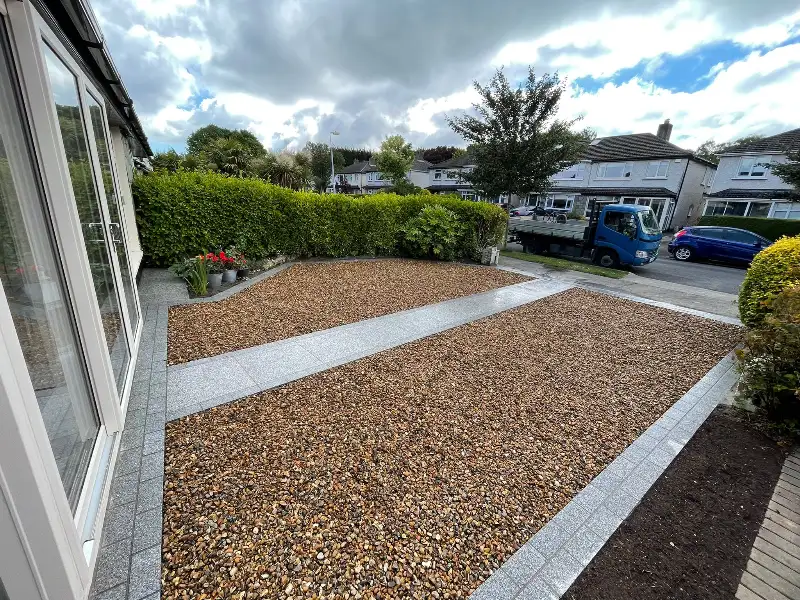
When it comes to designing a gravel driveway, the possibilities are as diverse. Whether you’re aiming for a rustic charm, a sleek modern look, or an eco-friendly approach, gravel driveways offer the flexibility to bring your vision to life. In this section, we explore a range of design ideas, each adaptable to different property sizes and styles.
Rustic Elegance
The rustic design is all about natural, unrefined beauty. For a traditional Irish feel, consider using local stones, which not only support the local economy but also blend perfectly with the surrounding landscape.
Incorporate border elements like wooden beams or natural stone edging to frame the driveway and add to its rustic appeal.
For larger properties, a winding gravel path through a garden or green space can add a touch of whimsy and charm.
Modern Minimalism

Modern gravel driveways focus on clean lines and minimalistic design. Opt for fine, uniform gravel in neutral shades like gray or black to achieve a sleek and sophisticated look.
Geometric patterns, such as circular designs or straight, symmetrical pathways, can complement contemporary architecture effectively.
Incorporating elements like steel edging or concrete pavers can add a modern twist and help maintain the structure of the driveway.
Eco-Friendly and Sustainable
For those leaning towards sustainability, eco-friendly gravel driveways are an excellent choice. Use locally sourced, permeable materials to minimize environmental impact.
Consider integrating a rain garden or drainage solutions that prevent run-off and support local flora and fauna.
Use recycled materials for borders or additional design elements, demonstrating a commitment to environmentally responsible practices.
Adapting Designs to Various Properties
For smaller urban homes, a simple, straight driveway with well-defined borders maximizes space while offering aesthetic appeal.
Larger rural properties can experiment with more elaborate designs, like curved pathways or mixed materials, to enhance the natural setting.
In suburban areas, combining elements of both rustic and modern designs can create a balanced look that complements the neighbourhood’s character.
In conclusion, gravel driveways offer a canvas for creativity, allowing homeowners to reflect their personal style while considering the practical aspects of their property. Whether you’re in a cosy cottage or a sleek city residence, there’s a gravel driveway design that can elevate your home’s curb appeal.
Installation Best Practices for Gravel Driveways
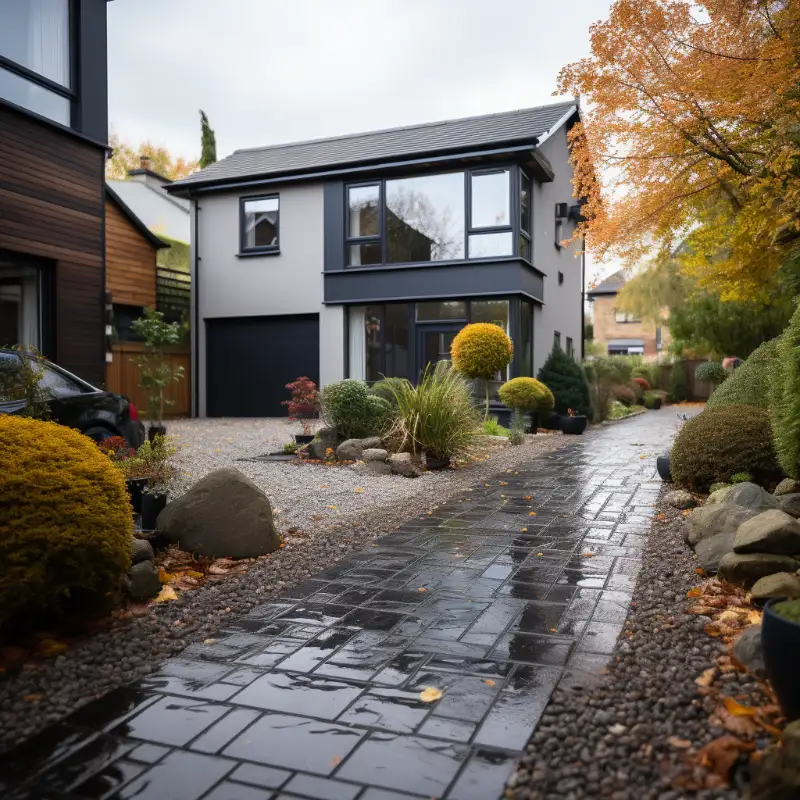
Installing a gravel driveway in Dublin requires careful planning and attention to detail to ensure longevity, functionality, and aesthetic appeal. This section outlines the key considerations for a successful gravel driveway installation, emphasizing the importance of a solid foundation, efficient drainage, and selecting the right type of gravel.
Foundation Preparation
- Assessing the Ground: Start by evaluating the soil type and landscape. Softer soils may need additional preparation to support the weight of the gravel and vehicles.
- Layering: A multi-layer approach is recommended. Begin with a sturdy base layer, typically made of crushed stone, to provide stability. Add a middle layer of slightly smaller stones for additional support, followed by the top layer of chosen gravel.
- Compaction: Each layer should be compacted thoroughly to prevent shifting and sinking over time.
Drainage Considerations
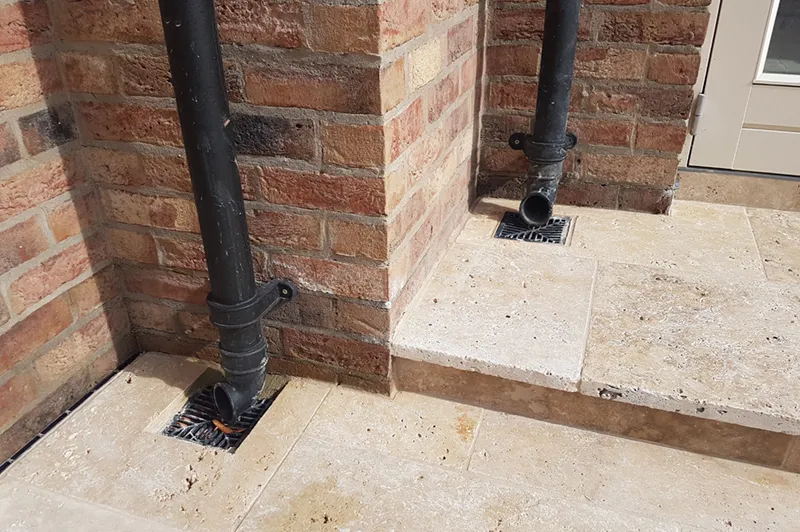
- Essential for Irish Weather: Given Ireland’s frequent rainfall, effective drainage is crucial to prevent pooling and erosion.
- Slope and Grading: Ensure the driveway has a slight slope for water run-off. Proper grading is key to directing water away from the driveway and adjacent structures.
- Drainage Systems: In areas with heavy rainfall, consider installing French drains or other drainage systems alongside the driveway.
Choosing the Right Gravel
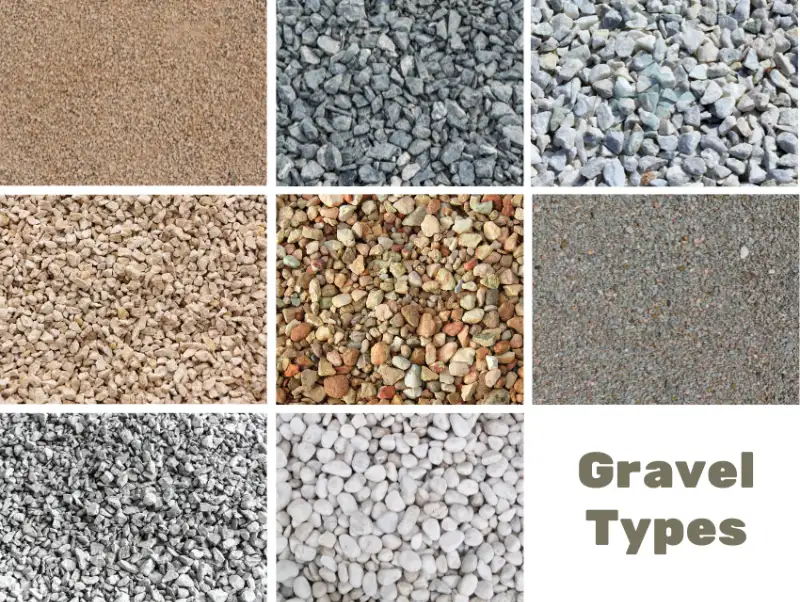
- Size and Shape: Gravel comes in various sizes and shapes. Smaller stones are more comfortable to walk on but may shift more easily. Angular gravel tends to lock together better, providing a more stable surface.
- Material Durability: Opt for harder stones that can withstand frequent use and varying weather conditions. Limestone, granite, or basalt are popular choices for their durability.
- Color and Aesthetics: Consider the color and texture of the gravel and how it complements your home and landscape. Neutral colors are versatile, while bolder tones can make a striking statement.
Installation Tips
- Weed Prevention: Lay a geotextile fabric between the soil and the base layer to prevent weed growth.
- Edging: Install sturdy edging to keep the gravel contained and maintain the shape of your driveway.
- Maintenance Access: Plan for easy access for future maintenance, such as topping up gravel or regrading.
By following these best practices, you can ensure that your gravel driveway not only enhances the curb appeal of your property but also stands the test of time, coping admirably with the Irish weather and everyday use.
Maintenance and Upkeep of Gravel Driveways
A well-maintained gravel driveway not only retains its aesthetic appeal but also extends its lifespan. Regular upkeep is essential, especially given the unique challenges posed by Irish weather. This section provides detailed advice on maintaining your gravel driveway, focusing on tackling common issues like weed control and gravel displacement.
Regular Inspection and Raking
- Routine Checks: Periodically inspect your driveway for any signs of wear, such as potholes, ruts, or sparse areas.
- Raking: Regular raking helps to redistribute the gravel evenly, maintain its level surface, and prevent the formation of ruts. It also aids in spotting any underlying issues early on.
Weed Control

- Preventative Measures: The use of landscape fabric during installation can significantly reduce weed growth.
- Regular Removal: Promptly remove any weeds that do emerge. Hand-pulling, hoeing, or using an environmentally friendly weed killer can be effective.
- Barrier Maintenance: Keep the edges of your driveway clear of debris and vegetation to prevent weed encroachment.
Managing Gravel Displacement
- Replenishing Gravel: Over time, gravel can become displaced or compacted. Top up your driveway with additional gravel as needed to maintain an adequate depth, usually around 2 inches.
- Addressing Erosion: In areas prone to erosion, consider additional measures like installing edging or barriers to help keep the gravel in place.
Dealing with Potholes and Ruts
- Early Intervention: Fill any developing potholes or ruts as soon as they appear. This involves removing the loose gravel from the affected area, packing it with fresh, fine gravel, and then topping it with a layer of the original gravel.
- Compaction: After filling, compact the area to ensure the new material integrates well with the existing surface.
Seasonal Considerations
- Winter Care: In colder months, be cautious with de-icing products, as some can be harmful to gravel. Opt for gentle alternatives like sand or kitty litter for traction.
- Drainage Check: Ensure that your driveway’s drainage system remains clear and functional, particularly during rainy seasons or after snowmelt.Maintaining a gravel driveway requires consistent attention, but with these practices, you can ensure that it remains functional and visually appealing year-round. A well-kept driveway not only enhances the first impression of your property but also contributes to its overall value and safety.
Filling Potholes in Gravel Driveways
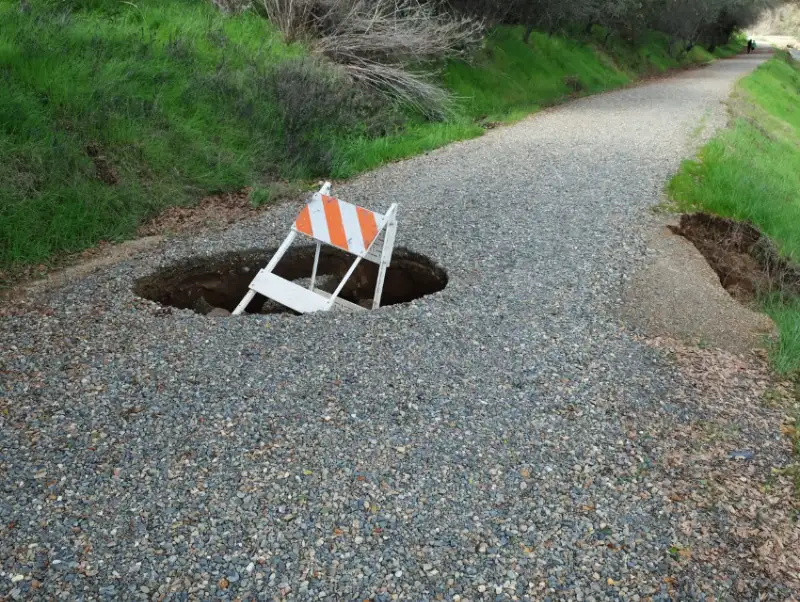
Potholes are not just unsightly; they can also lead to bigger problems like water pooling and further driveway erosion. Regular maintenance is crucial to prevent their formation. However, if potholes do appear, addressing them promptly can save you from more extensive repairs down the line. Here’s a step-by-step guide on how to effectively fill potholes in gravel driveways, along with recommendations for the necessary tools and materials.
Understanding the Importance of Regular Maintenance
Regular inspection and immediate repair of small issues can prevent the formation of potholes.
Maintaining proper drainage and even gravel distribution helps in minimizing pothole development.
Tools and Materials Needed
- Rake and shovel for clearing and levelling.
- Tamper or a hand-compactor for compacting the gravel.
- Replacement gravel, preferably the same type as your driveway.
- Optional: Landscape fabric to prevent future weed growth in the repaired area.
Step-by-Step Guide to Filling Potholes
- Clear the Pothole: Remove any loose gravel, debris, or water from the pothole. This ensures a clean, solid base for the repair.
- Cut and Level: If the edges of the pothole are loose, cut them out with a shovel to create a cleanly defined hole. This helps in holding the new gravel in place.
- Optional Fabric Layer: For deeper potholes, consider laying a piece of landscape fabric at the bottom to prevent weed growth and provide extra stability.
- Fill with Coarse Gravel: Start filling the pothole with coarse gravel up to about 3 inches below the driveway surface. This layer should be compacted firmly.
- Add Fine Gravel: Top the remaining space with finer gravel, which should match the driveway’s surface. Rake it to level with the rest of the driveway.
- Compact the Area: Using a tamper or hand-compactor, firmly compact the new gravel into the pothole to ensure it integrates well with the surrounding area.
- Final Levelling: After compacting, there might be a need for additional gravel to ensure the surface is even. Rake and adjust as needed.
Post-Repair Maintenance
After repairing potholes, keep an eye on the area to ensure it settles well. You might need to add more gravel or recompact it after a few days.
Implement a regular driveway maintenance schedule to catch and fix issues early.
By following these steps, you can effectively repair potholes in your gravel driveway, ensuring it remains safe and visually appealing. Regular maintenance, combined with timely repairs, can significantly extend the life of your gravel driveway.
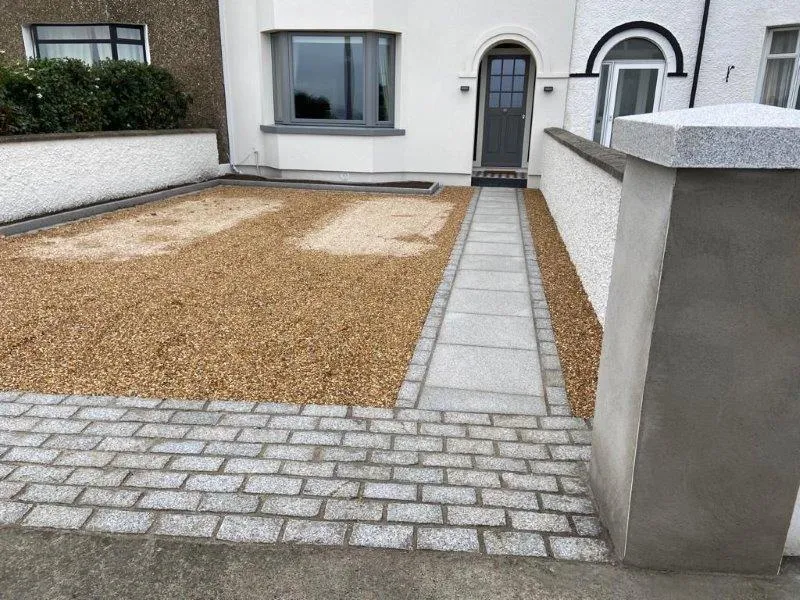
Throughout this article, we’ve explored how a gravel driveway is both a practical and aesthetic choice for properties in Dublin and Ireland. From the initial design considerations, highlighting styles like rustic charm, modern minimalism, and the use of pea gravel for an eco-friendly option, to best practices in the installation process, we’ve covered the essentials for creating a driveway that is not just a pathway, but a significant enhancement to your property. The importance of regular maintenance, including weed control, gravel displacement, and pothole repair, has been emphasized to ensure your driveway area remains in top condition.
Gravel driveways offer a multitude of benefits, particularly in the Irish context. They provide an environmentally friendly option that blends naturally with the diverse landscapes, from rural countrysides to urban settings. The versatility in design and the ease of maintenance make them a practical and attractive idea for any property. If you want to ensure the functionality of gravel, with its natural drainage and durability, suits the Irish climate perfectly, ensuring a long-lasting and aesthetically pleasing driveway.
For those looking to embark on the journey of installing or maintaining a gravel driveway, or if your existing driveway needs professional attention, we encourage you to consider this solution as your next project. Gravel driveways are not just a pathway to your home; they are an investment in your property’s value and curb appeal.
For those ready to transform their driveway, Cornerstone Paving offers expert advice and professional services. With our experience and commitment to quality, we can guide you through every step of the installation process, from design to installation to maintenance. Contact us at Cornerstone Paving to discuss your gravel driveway needs and let us help you enhance the beauty and functionality of your property.

Velo
Skilled Pavement Craftsman
I’m Velo, the driving force of Cornerstone Paving. My adventure started with a love for turning outdoor areas into visually appealing spaces. Guided by creativity and powered by commitment, I’ve developed a strong appreciation for the essentials: quality, aesthetics, and lasting impressions. At Cornerstone Paving we’ve sharpened our skills for 30 years in this field.

